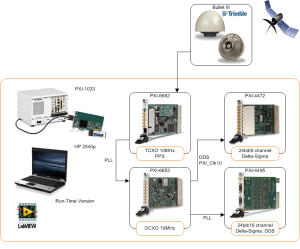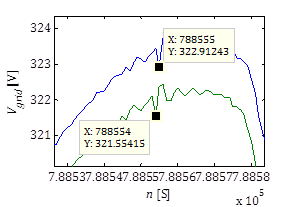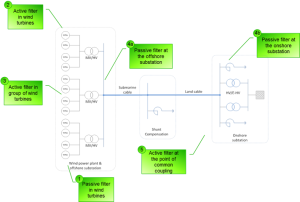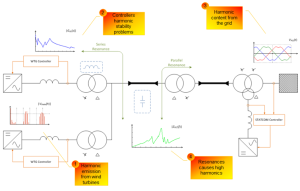There is a close correlation between the western culture approach of organized science and rationalistic tradition. The tradition of rationalism and logical empiricism can be tracked back at least to Plato. This tradition has been the inspiration of western science and technology. Especially in hard sciences (i.e. natural, physical, and computing sciences), that explain the operation of deterministic mechanisms whose principles can be described by means of formal systems, this tradition has introduces a great influence.
Based on rationalistic tradition the basic concept of research is focused on deriving formulations of systematic rules that can be used to draw logical conclusions. In western philosophy this approach can be seen as a drive to come up with more systematic and precise formulations of what constitute valid reasoning. Therefore, thinking and reasoning are the most natural ways of research and development [1].
In nowadays science, obviously, there must be a certain degree of adherence to the scientific methods having their roots in the rationalistic tradition. The scientific method can be described as involving the following operations [2]:
- observation of a phenomenon that, henceforth, is taken as a problem to be explained,
- proposition of an exemplary hypothesis in the form of a deterministic system that can generate a phenomenon isomorphic with the one observed,
- proposition of a computed state or process in the system specified by the hypothesis as a predicted phenomenon to be observed,
- observation of the predicted phenomenon.
According to the presented approach, the first step is to characterize the phenomenon in terms of identifiable objects with well-defined properties based on observations. The next step is to find general rules which apply to the phenomenon in terms of those objects and their properties. And later apply specified rules to the phenomenon of concern, drawing conclusions and generic characteristic of the phenomenon.
It is worth emphasizing that rationalistic tradition not only constitutes a mainstream of both either pure or applied science but also underlies as a paradigm of what it means to think. Therefore, for people of science and technology this approach seems to be appropriate and self-evident way of serious thinking.
[1] T. Winograd and F. Flores, Understanding computers and cognition: a new foundation for design. Addison-Wesley Professional, 1987.
[2] H. R. Maturana, Biology of Language: The Epistemology of Reality. New York: Academic Press, 1978.




